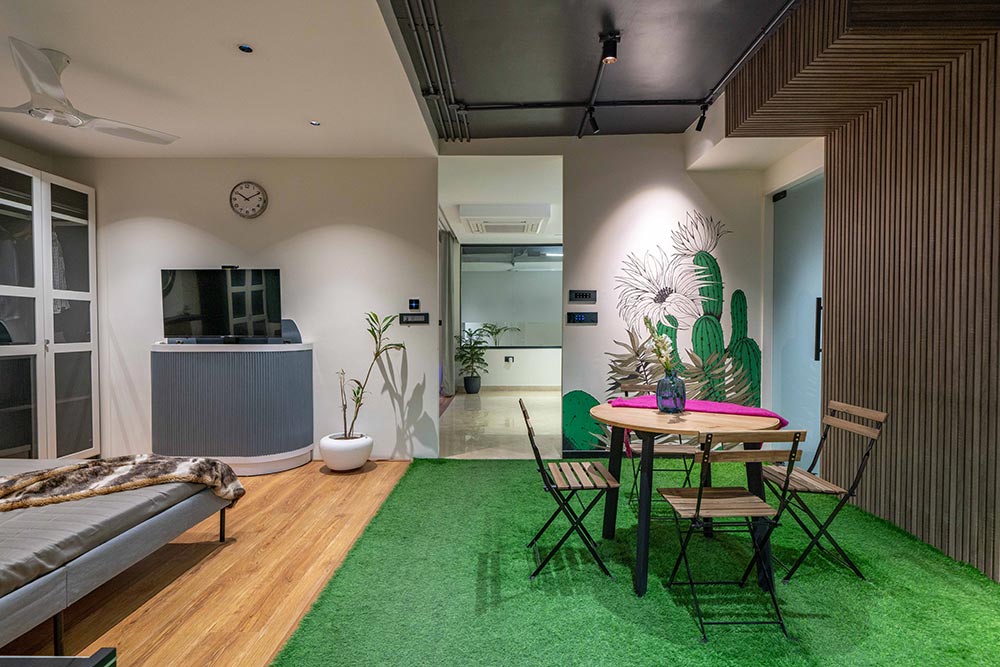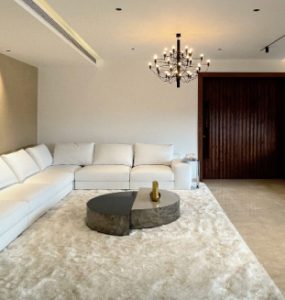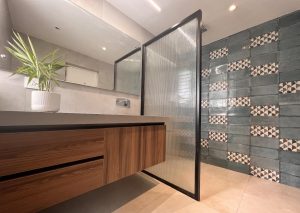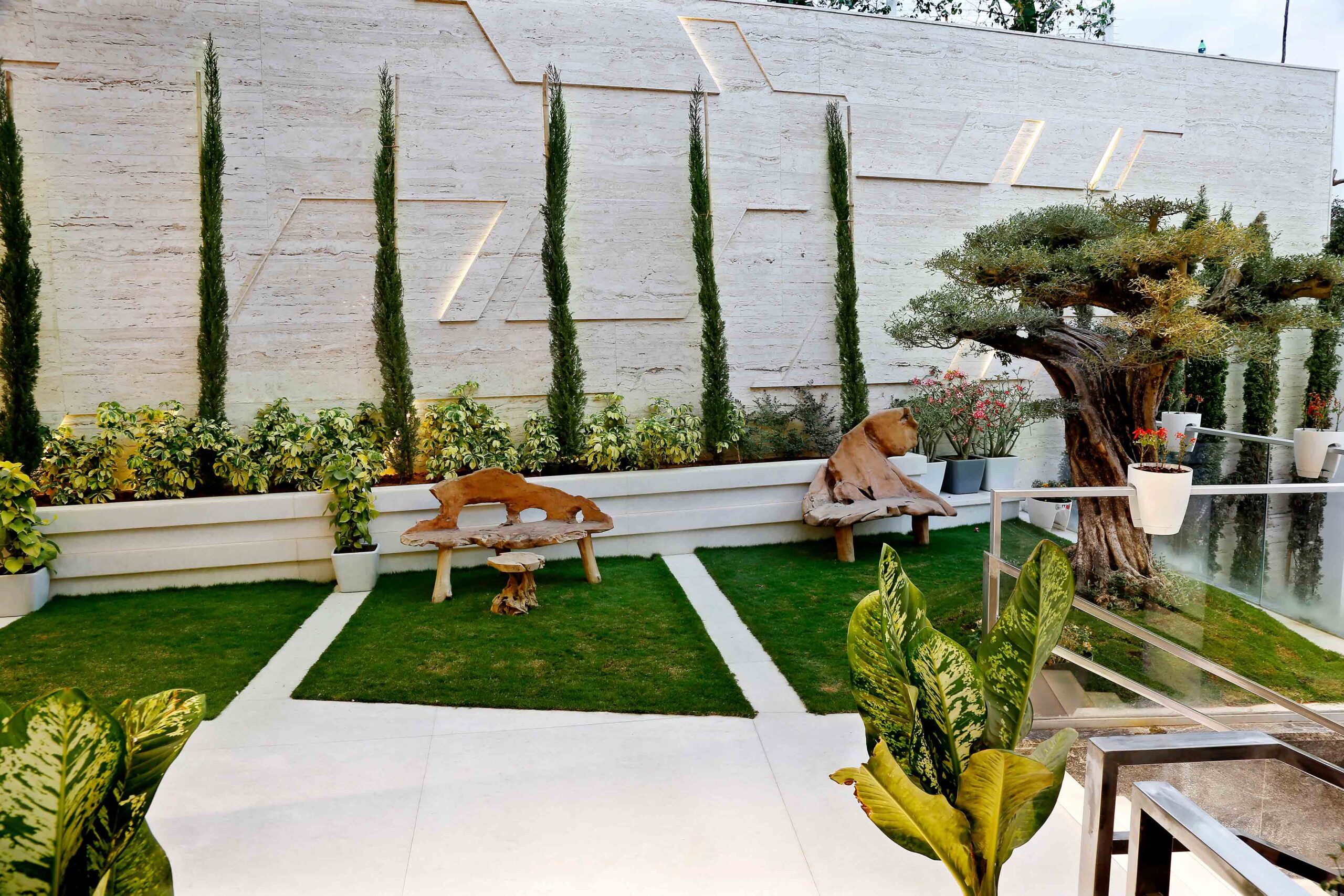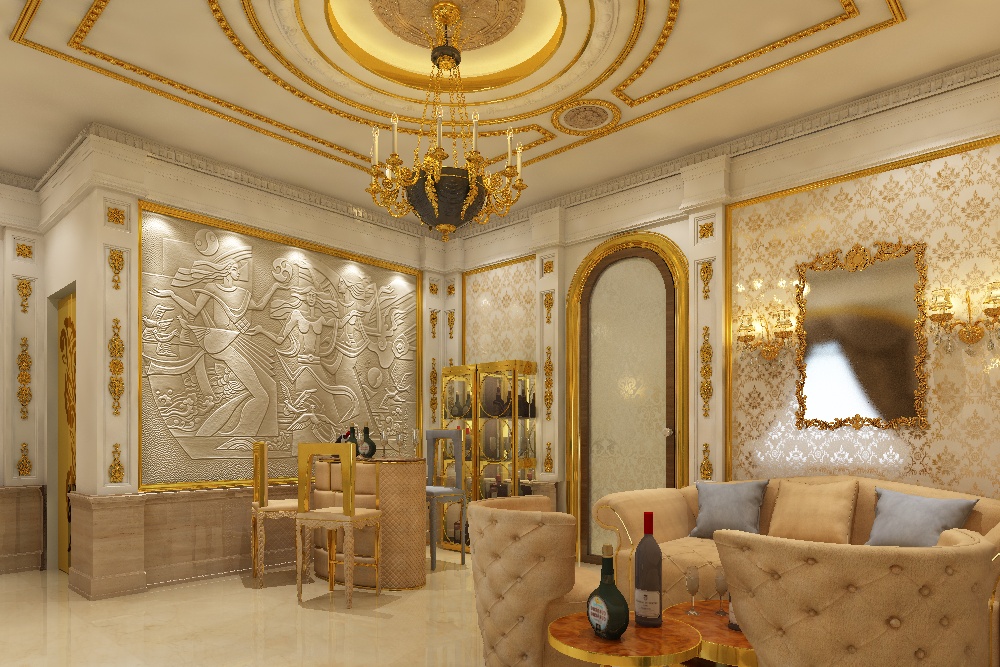
Managing Director
With the seamless integration of wireless technology, homeowners now enjoy unparalleled convenience, flexibility, and control over various aspects of their homes. From effortlessly managing lighting, security, and climate settings to accessing entertainment systems with a tap of their smartphones, the ease and accessibility of wireless home automation have redefined modern living. Moreover, the elimination of cumbersome wires and the ability to connect multiple smart devices without the need for extensive installations have made wireless solutions not only efficient but also aesthetically pleasing, transforming houses into smart, connected sanctuaries.
In this edition, we spoke with Yash Kadakia, MD of DOMUM, to know all that one needs to know about home automation.
Convenience?
One of the most significant advantages of wireless home automation is the convenience it offers. With the ability to control various devices and appliances remotely, homeowners can effortlessly manage their smart systems from anywhere. Whether it’s turning on their geysers before arriving home, turning off lights after leaving, or checking security cameras on a smartphone, wireless technology puts control at the user’s fingertips.
Ease of Installation?
Unlike traditional wired systems that often require extensive renovations and complex wiring, wireless home automation is much easier to install. Wireless home automation can be installed without the need for re-wiring, wall breaking or installing a centralised server. Each room can be automated within 25 mins. This streamlined setup process makes it accessible to a broader audience, including renters and those living in older homes where wired solutions might be impractical.
Scalability and Flexibility?
Wireless systems provide unparalleled scalability, allowing homeowners to start small and expand their smart home ecosystem gradually. As new devices and technologies emerge, users can easily integrate them into their existing setup without the need to change existing wiring, lights, AC’s and other home appliances.
Energy Efficiency?
Wireless home automation is generally more energy-efficient compared to conventional setups. Smart devices can optimize energy usage by adjusting lighting, heating, and cooling based on occupancy and user preferences. This not only reduces electricity consumption but also leads to lower utility costs and a more eco-friendly lifestyle.
Enhanced Security?
Wireless home security systems offer advanced features such as real-time monitoring, video surveillance, and motion detection. All of these features can be added with zero modifications to the home. Homeowners can receive instant alerts and notifications on their smartphones in case of any security breaches, providing them with greater peace of mind and enabling quick action in case of emergencies.
The Future of Wireless Home Automation?
The future of home automation lies in the integration of artificial intelligence and machine learning into smart home devices will revolutionize how homes operate. These technologies will enable systems to learn from users’ habits and preferences, allowing them to anticipate their needs and adjust the home environment accordingly. Imagine a home that knows when to adjust the AC temperature based on your schedule or optimizes energy usage based on weather forecasts and past behaviour. Enhanced User Experience; as technology evolves, the user experience will become more seamless and user-friendly. Interfaces will become more intuitive, voice assistants will be more accurate and responsive, and automation will become more natural and intuitive, further enhancing the overall convenience of smart living.
Enhancing home Aesthetics with Wireless Home Automation
Beyond the practical advantages, wireless home automation offers considerable aesthetic benefits that complement and enhance the interior design of living spaces. Here’s how smart technology blends seamlessly with design aesthetics;
De-clutter your walls, Wireless Smart control panels and scene switches can help to declutter the entire space, giving more emphasis on the design theme while working unnoticed in the background.
Role of automation to enhance lighting effects : Lighting is a crucial element of interior design, setting the mood and ambiance of a room. Wireless smart lighting solutions offer a wide range of possibilities, enabling homeowners to adjust the intensity, colour, and temperature of the lights to suit different occasions. Whether it’s soft and warm lighting for a cosy evening or bright and vibrant lights for a gathering, smart lighting can enhance the overall ambiance and aesthetics of the space.
Motorized shades and curtains can be controlled remotely, providing an elegant and sophisticated touch to windows while offering convenience and privacy. These motorized solutions can be seamlessly integrated into the interior design, adding a touch of luxury and sophistication to any space.
Advice for Embracing Wireless Home Automation:
For those considering embracing wireless home automation, here are some practical tips to ensure a smooth and successful transition into the world of smart living.
Start Small and Plan Strategically: Begin by identifying the aspects of your home that you’d like to automate and prioritize them based on your lifestyle and needs. Starting small allows you to get familiar with the technology and understand its benefits before expanding further.
Consult Professionals for Integration and Interior Design:
If you’re new to home automation or have specific design requirements, consider consulting professionals who specialize in smart home integration and interior design. They can provide valuable insights and create a plan that not only meets your technical requirements but also complements the overall aesthetics of your living spaces.
Let your personality reflect in your home:
The last crucial bit of advice for wireless home automation is Customization and Personalization. Wireless home automation empowers homeowners to personalize their living spaces based on their preferences and moods. Through smartphone apps and voice-controlled assistants, users can easily adjust various elements of their home environment to create a personalized experience that aligns with their unique tastes. Whether it’s setting up different lighting scenes, adjusting air conditioning or automating specific routines, customization is key to creating a living space that truly reflects the homeowner’s personality. It’s very important to let these personalisations be known to your automation partner beforehand, so these can be easily incorporated into the automation app.
Experience the ‘Future of Lighting Control’
